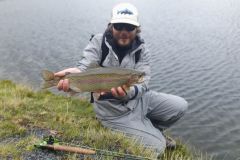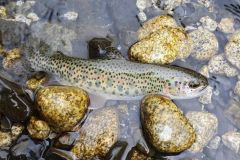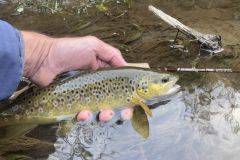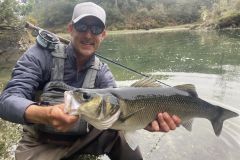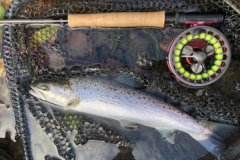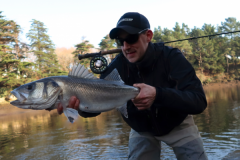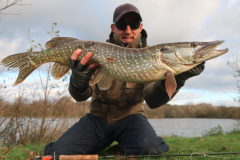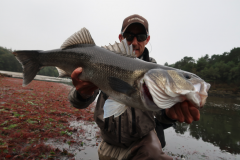Between the length of the whip, its power, its action and the range of brands offering complete ranges, the novice angler can quickly find himself at a loss... Here are a few simple tips to guide you in your choice, and ensure that the first rod you choose to take to the water meets your expectations.
Length and power of a fly rod
One of the first criteria in selecting a whip is its length and power. It all depends on the type of fishing you want to do (dry, nymph, streamer...), the fishing conditions and the river profile. For beginners, anglers generally choose 9-foot rods with 5 (or 4) line, which are fairly versatile and offer a good compromise for different types of fishing.
Afterwards, you can always add to your selection of whips by purchasing, for example, an 11-footer for nymph fishing on a wide river, or a 6 or 7 line to propel larger streamers than conventional imitations.
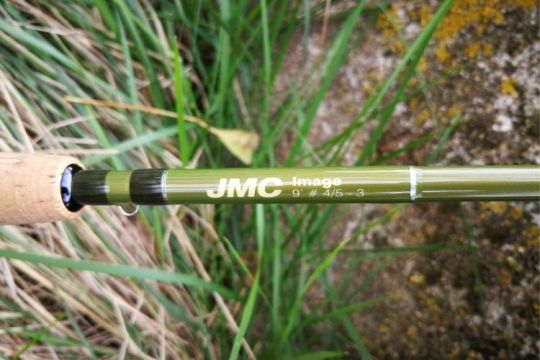
In the world of fly fishing, rods are measured in feet (equivalent to 30.48 cm): a 9-foot whip measures 2.74 meters, an 11-foot rod 3.35 meters, etc.
Number and density of bristles
The line number corresponds to the weight of the line, calculated on the first 30 feet (excluding the tip). In practical terms, this line number is often equated with the power of the rod: to sum up, we consider that a line number 3 will be used for fine fishing (including for nice salmonids), line numbers 6 and 7 for reservoir fishing, for example, line numbers 8 and 9 will be effective on predators, and line numbers 12 will be used for powerful rods for sea fishing.
There are several densities of line: floating, sinking or intermediate. If you're new to dry, sinking or nymph fishing for trout, there's no need to start out with different types of line. A floating line will do just fine.
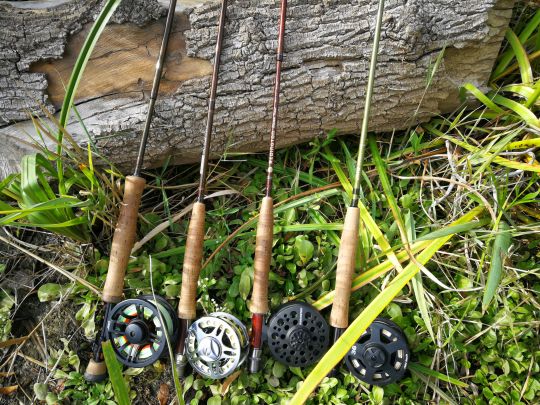
The different cane actions
The action of the cane is an important factor to consider. We could summarize by classifying all whips into 3 categories: parabolic (a "soft" cane that bends along its entire length), semi-parabolic or leading-edge action (the most rigid, with only the last third working during pull-ups).
A semi-parabolic to start with
For a first purchase, a semi-parabolic may be a good compromise, as its "relative flexibility" helps to attenuate certain technical casting imperfections. But on the subject of whip action, there are no definitive rules: it's always perilous to make a first purchase without first taking the rod in hand and testing its action.
It's often best to push open your retailer's door and take your first steps in-store, to see first-hand the action of the various rods available. Advice from connoisseurs can be invaluable at this early stage. Another good solution is to contact a fly club, if one exists near you. Enthusiastic anglers will be able to help you try out different types of rods, guide you in your choice and help you learn how to use them.

 /
/ 



